The Centre for Human Rights Research (CHRR) is proud to announce that the University of Manitoba Office of Sustainability awarded the ‘Period Poverty and Equity, On Campus and Beyond Project’ (PPECB) the Collaborative Sustainability Award on April 15th, 2025.
The Collaborative Sustainability Award “recognizes a unique collaborative effort between students, faculty, staff, and community members to integrate sustainability into a project or initiative. This unique category puts emphasis on interdepartmental interactions at UM in efforts to find solutions to sustainability-related challenges.”
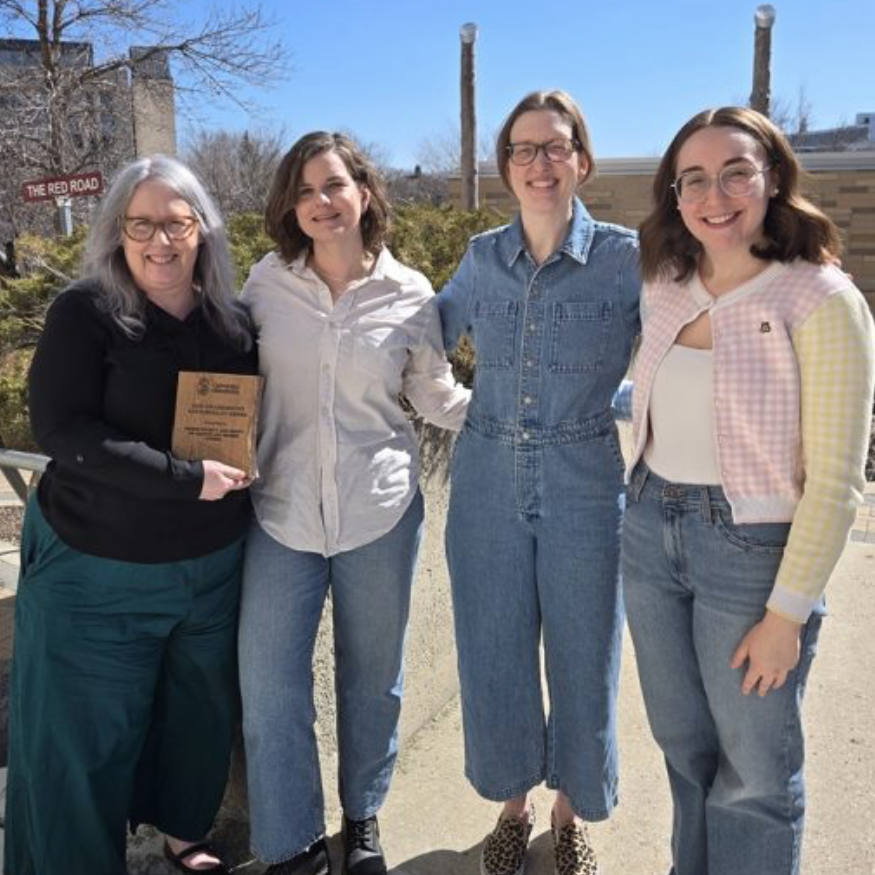
PPECB as a Collaborative Effort
The PPECB utilized a menstrual justice lens to bring together University of Manitoba faculty and staff, students, and organizations to address period poverty (the increased economic vulnerability resulting from the financial burden posed by the need for menstrual supplies) and promote period equity.
Through this project, we collaboratively:
- Conducted a comprehensive physical audit of all sources of menstrual supplies on the University of Manitoba campuses (Fort Garry, Bannatyne, William Norrie Centre);
- Conducted a survey of the UM campus community on their experiences with menstruation on campus;
- Hosted on-campus events, including a Student Artwork Competition (winners’ work below), a Menstrual Justice button-making workshop and a panel in honour of Women’s Day entitled Politics.PERIOD; and
- Created a Final Report and various menstrual justice resources, including a University of Manitoba Period Supply Access Map, infographics, blog posts, and more.
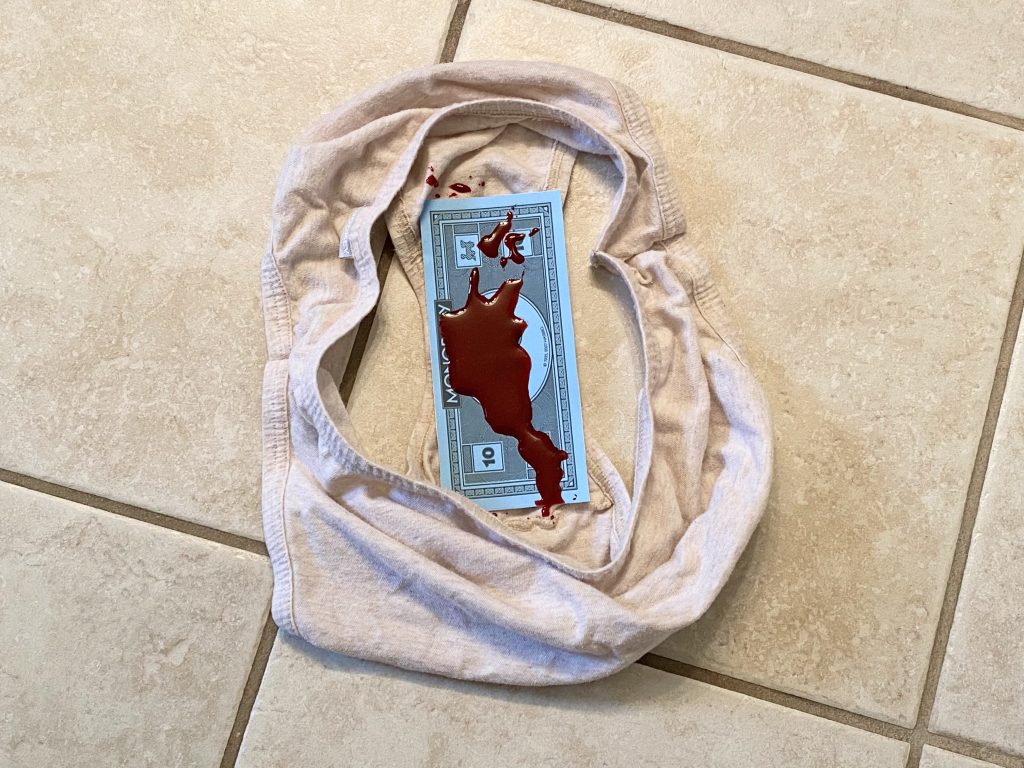
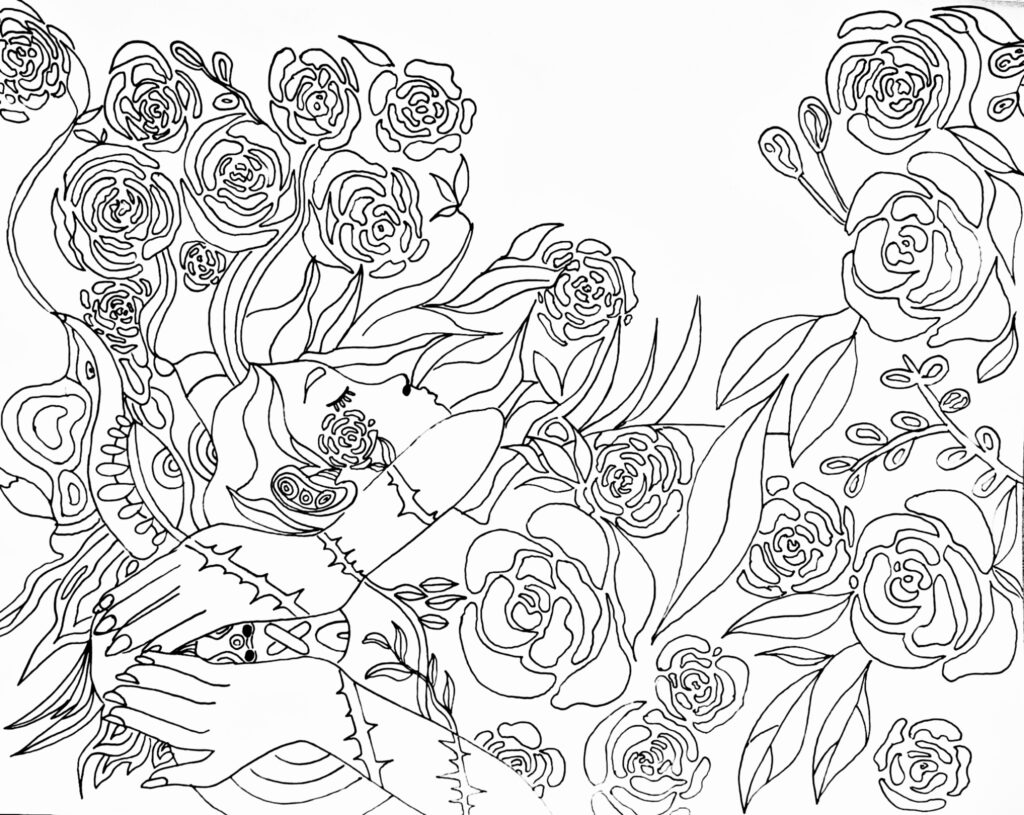
PPECB and Sustainability
The PPECB was nominated and awarded the Collaborative Sustainability Award for its collaborative approaches, as well as the project’s alignment with the United Nations’ 17 Sustainable Development Goals (SDGs). Adopted by the United Nations in 2015, SDGs are a universal call to action to end poverty, protect the planet, and ensure that by 2030 all people enjoy peace and prosperity.
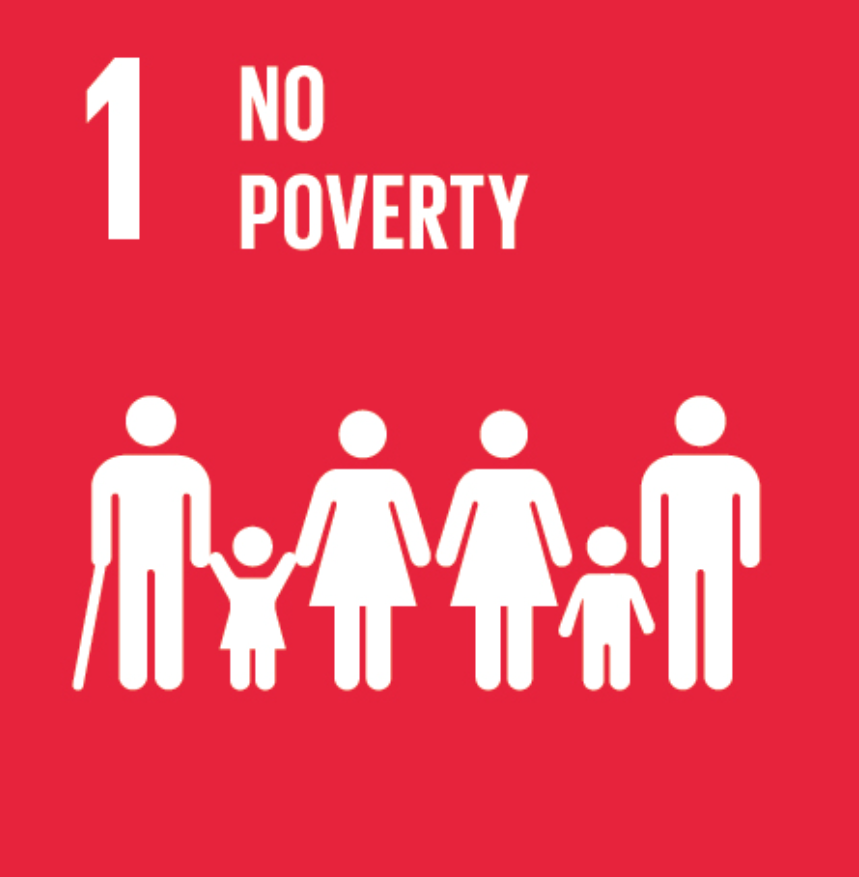
As previously stated, period poverty is the increased economic vulnerability that results from the financial burden posed by the need for menstrual supplies.
In Canada, it is estimated that people who menstruate spend up to $6,000 on period supplies in their lifetime. The amount spent on these supplies is significantly higher for people living in rural communities, and higher still for those living on reserve (“Evidence: Let’s Talk About It, Period: Achieving Menstrual Equity in Canada” 2023; H. Lane 2024). In rural and remote communities, there may also be times when period supplies are simply not available for purchase (H. Lane 2024). Recent polls estimate that anywhere from 17-25% of those who menstruate struggle to afford supplies for themselves or their dependents (H. Lane 2024; Plan International Canada 2022; Women and Gender Equality Canada 2023). Often, this results in individuals rationing period products (Plan International Canada 2022), impacting safety and health. Given that the COVID-19 pandemic has disproportionately impacted those already marginalized (Ali, Asaria, and Stranges 2020; Tomlinson 2023), and combined with the cost-of-living crisis, the current experience of period poverty is likely higher than these estimates, particularly for those facing interlocking structures of oppression.
Considering that 50.5% of respondents to the PPECB Spring 2024 campus-wide survey earned an annual income below $20,000, we advocate for the permanent implementation of free menstrual supplies in all washrooms on campus. Tackling this issue of accessibility and affordability is essential to our objective to eliminate period poverty on campus and beyond.

For many people who menstruate, managing periods is not only about managing bleeding, but also the range of associated symptoms and experiences. People who menstruate may experience emotions such as anxiety, irritability, and gender dysphoria, but also feelings of being capable, empowered, and connected to oneself (H. Lane 2024). Periods may come with a range of physical symptoms, including cramps, pain, general discomfort, headaches, diarrhea or constipation, low energy, and fatigue. Managing these symptoms, while ensuring access to period supplies, means that some people who menstruate may miss work, educational activities, and participation in daily life (H. Lane 2024; Plan International Canada 2022; Smith and Tribe 2021). The costs associated with managing these symptoms (for instance, purchasing pain relief supplies), as well as loss in work/education due to symptoms, have rarely been factored into understandings of period poverty or menstrual justice.
The PPECB project sought to eliminate this gap in understanding how menstruation and period poverty impact people’s health and well-being by gauging menstrual experiences on campus through our survey.
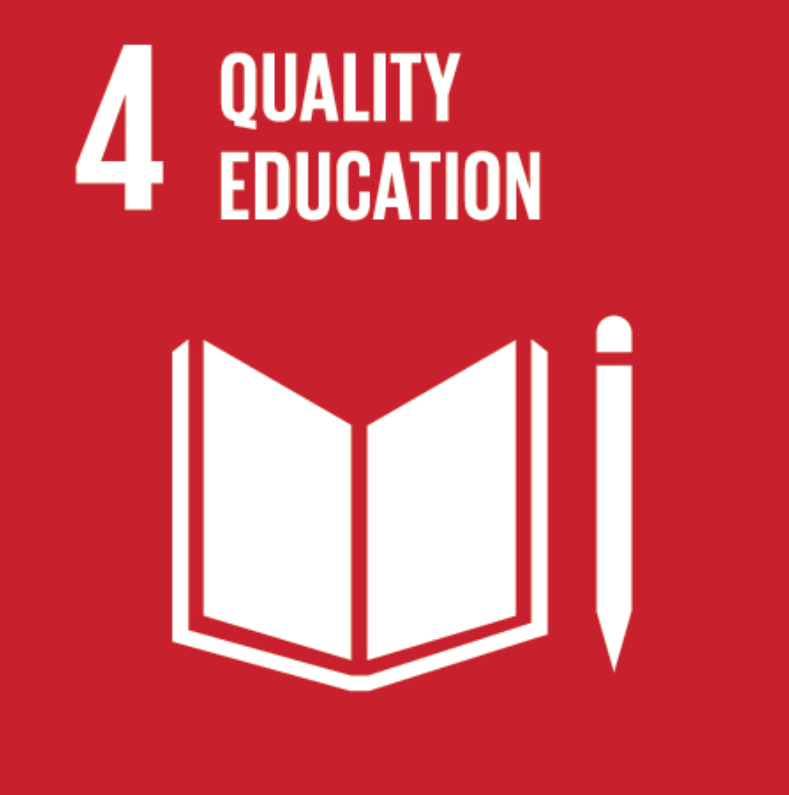
850 respondents to our survey shared that they had to miss work or class to manage menstruation. Menstrual injustice and inequality, on campus or elsewhere, is about more than cost. It is also about stigma and inequalities in menstrual health and education. We heard stories of missed assignments and classes and of working through debilitating symptoms with little to no understanding from professors or supervisors. We also heard multiple instances of people experiencing leaks and having to wait after a class was finished to clean stains on chairs or borrow clothing to cover stains.
Comprehensive reproductive health education, adequate and safe facilities, free menstrual supplies, and addressing menstrual justice as part of efforts towards Equity, Diversity, and Inclusion are all critical components of ensuring quality education for menstruating people.
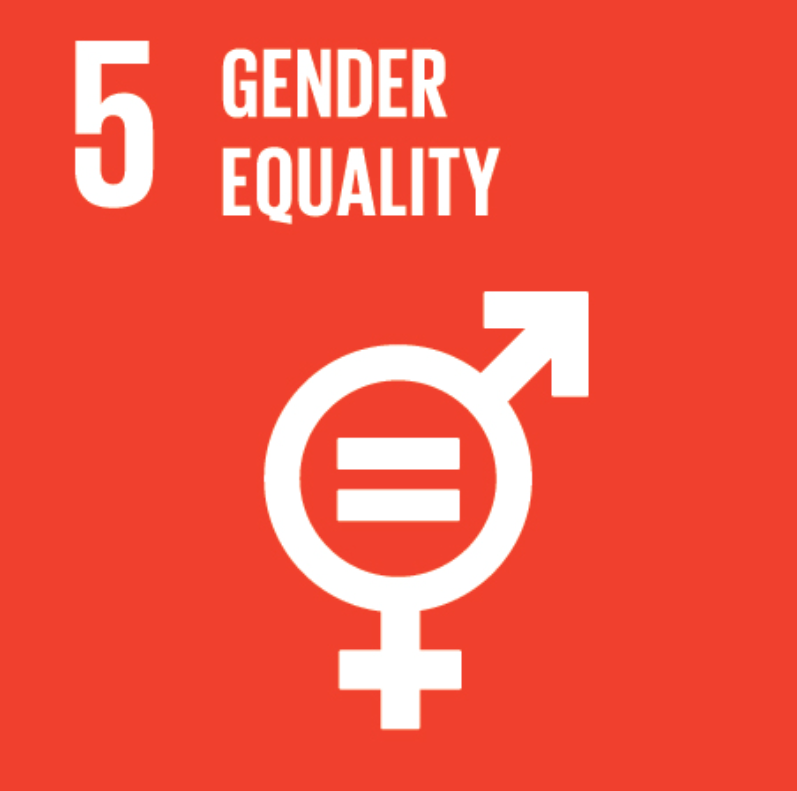
Femininity and menstruation do not go hand-in-hand. A person’s gender identity is their internal sense of gender, or lack thereof. The biological function of our bodies is not directly tied to our gender identities. And so, saying that only women menstruate is incorrect. When we consider the idea of menstrual equity, we need to ensure that all bodies that menstruate are included and not just cisgender women. We haven’t achieved menstrual equity if people are being left out of advocacy and policy changes.
To achieve menstrual equity for all menstruating people, the PPECB Final Report calls for free menstrual supplies and adequate disposal receptacles in all washrooms on campus—men’s, women’s, and gender-inclusive washrooms. Also, all buildings on campus must have gender-inclusive washrooms on each floor.
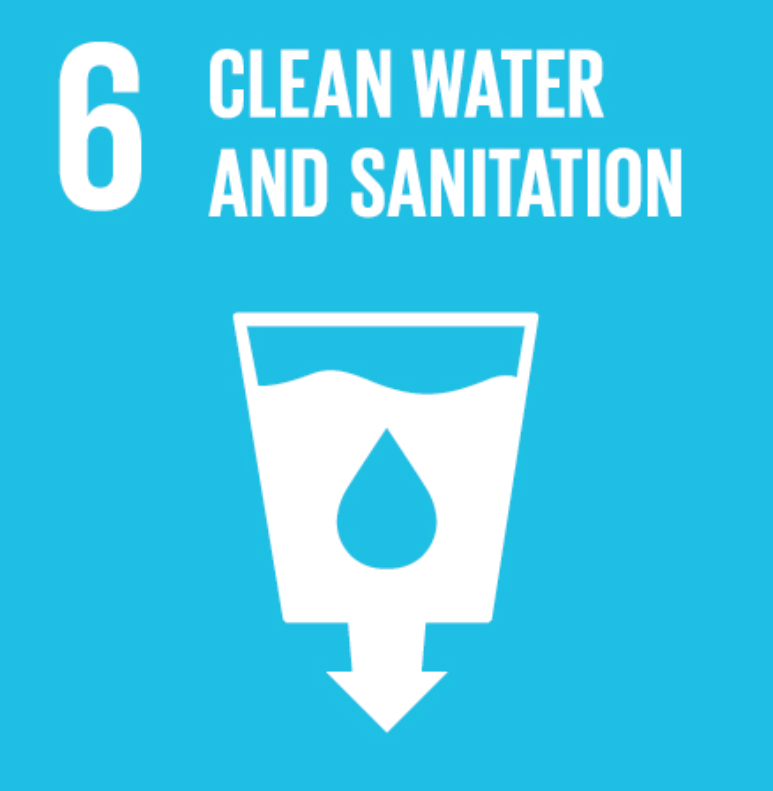
Water and menstrual justice are inextricably linked. Without access to clean water, menstruators cannot safely use reusable menstrual products or maintain basic hygiene. The lack of clean water for Indigenous communities is a form of ongoing colonial violence that is not only affecting the hygiene of Indigenous menstruators but invariably impacts Indigenous peoples’ relationships to and with water and menstruation. And yet, as settler colonial violence works to sever Indigenous peoples’ connections to land, culture, and family, Indigenous peoples have always resisted.
This crisis extends beyond Indigenous communities. Unhoused and incarcerated menstruators also experience significant barriers to managing their periods. Public washrooms often lack free menstrual products or privacy for unhoused folk to manage their menstrual cycles with privacy. Correctional facilities frequently restrict, deny, or weaponize the distribution of menstrual supplies and access to water for incarcerated menstruators.
Thus, equitable access to menstrual supplies, clean water, and accessible and private washrooms with disposal receptacles is necessary for menstrual equity on the University of Manitoba campus and beyond.
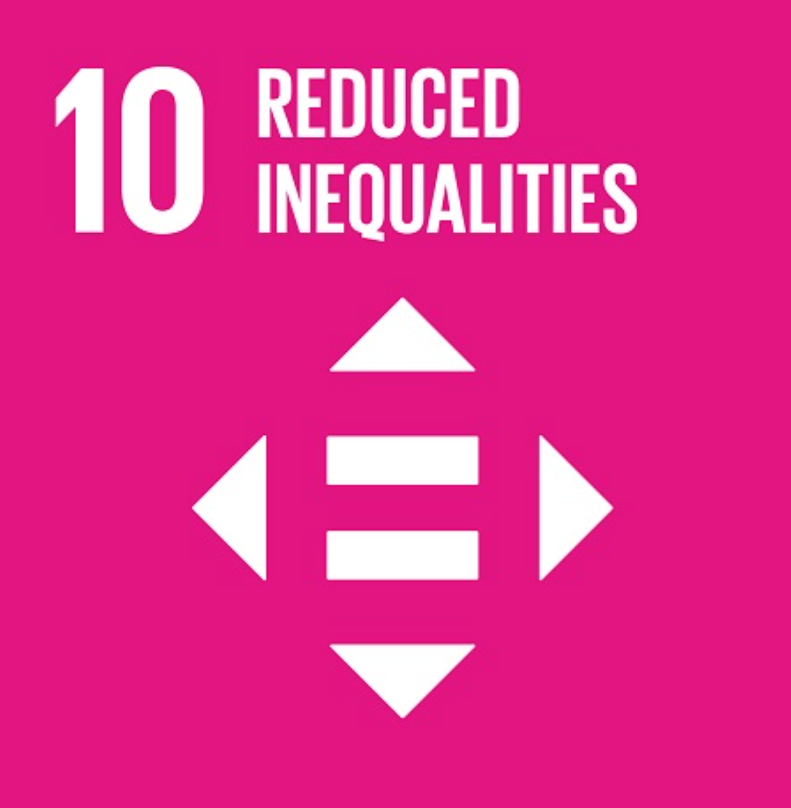
Assumptions around menstruation often frame it as a binary issue that only includes certain bodies and gender identities. The PPECB centred questions of access and bodily dignity for all people who menstruate. We committed to an intersectional feminist lens that asserts that various forms and structures of inequality work together and are exacerbated by others (Crenshaw 1989). We acknowledged that the experiences of people who menstruate are influenced by gender identity and expression, race/ethnicity, indigeneity, socioeconomics, including housing status, geography, ability, sexuality, age, and immigration status, as examples. The PPECB was inspired by the experiences and activism of women and gender diverse people, both of whom have had to fight for visibility and recognition in public spaces.
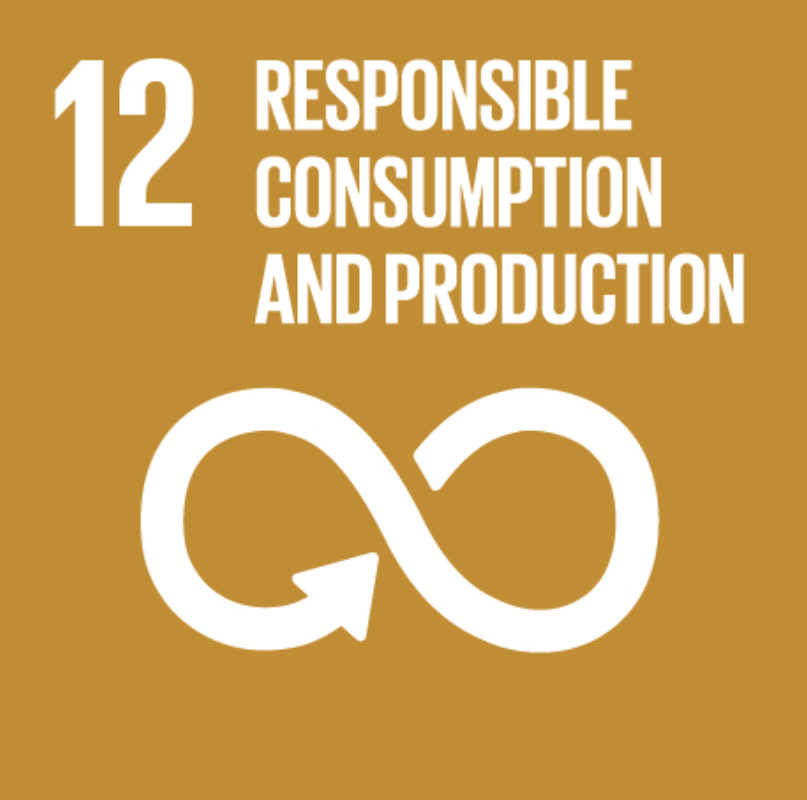
Although period management options have improved significantly in the last half century, there is still work to be done to improve period supplies for the well-being of those who use them and the well-being of the environment. As we work towards implementing menstrual justice in our communities, we must also prioritize the environmental cost of menstruating. For example, in the United States, approximately 12 billion pads and 7 million tampons, including their packaging, are used and disposed of each year, neither of which usually biodegrades or is recyclable. Many reusable period supplies are alternatives to disposable pads and tampons, such as menstrual cups or period underwear. However, reusable supplies are not suitable for all bodies, lifestyles, and circumstances, for example, due to a lack of resources, education, or personal preference.
Environmental impact must be taken into consideration when conceptualizing period supplies; however, disposable options continue to be necessary. The waste associated with disposable supplies cannot be used as an argument to discourage the importance of free period supplies. The PPECB Final Report calls for the accessibility of period supplies, including disposable and reusable, so that all menstruators have safe and reliable supplies.
Calls to Action for the University of Manitoba
Despite the research and findings of the PPECB and the project’s recognition through the Collaborative Sustainability Award, the University of Manitoba has yet to fulfill the following recommendations put forward by the PPECB Final Report:
- We advocate for the permanent implementation of free menstrual supplies in all washrooms on campus.
- We urge the University of Manitoba to reconsider its decision to offer menstrual supplies through a dispenser model.
- We recommend that the University offer a range of menstrual supplies, including reusable and disposable.
- We must ensure disposal facilities in all washrooms and consider the built environment.
- We recommend a more efficient system for managing and tracking available period supplies on campus.
- We encourage addressing menstrual justice as part of efforts towards Equity, Diversity, and Inclusion.
By implementing these recommendations, the University of Manitoba will work to help eliminate period poverty and promote period equity.

